Micro-inverters
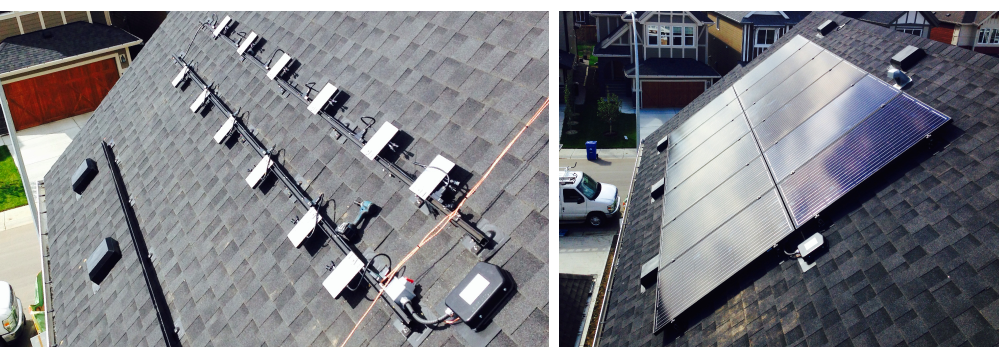
Micro-inverters have revolutionized the residential solar market by allowing customers to optimize their solar production. Instead of using a string inverter which functions as a central inverter for all of the solar modules (solar panels), you can choose to install small micro-inverters on each individual solar module. The generated DC will be converted right there at the module (panel) into AC. Each inverter’s individual AC output is then combined and fed to your electrical distribution system the same as it would from a string inverter system.
These are some of the advantages of choosing a micro-inverter over a string inverter:
- If there is an issue with the micro-inverter, electricity production will only stop at the module it is fitted to. Whereas, a string inverter failure affects the entire string, causing more significant or complete loss of electrical supply.
- To get the best performance out of your system, you may not always be able to orientate all of your modules (panels) the same way. A string inverter typically requires all modules in that string to be facing the same way. Micro-inverters, on the other hand, allow you to connect modules (panels) of varying orientations.
- If you have tall buildings or trees near your roof, shading may become an issue. With a string inverter if one or two of the panels are shaded, it can significantly affect the entire series string performance. However, with micro-inverters, only the shaded modules (panels) will be affected.
It is worth noting that while micro-inverters are perfect for small (1-4 kw) residential systems, string inverters are more economical for larger solar installations since micro-inverter solutions usually cost 5% to 25% more.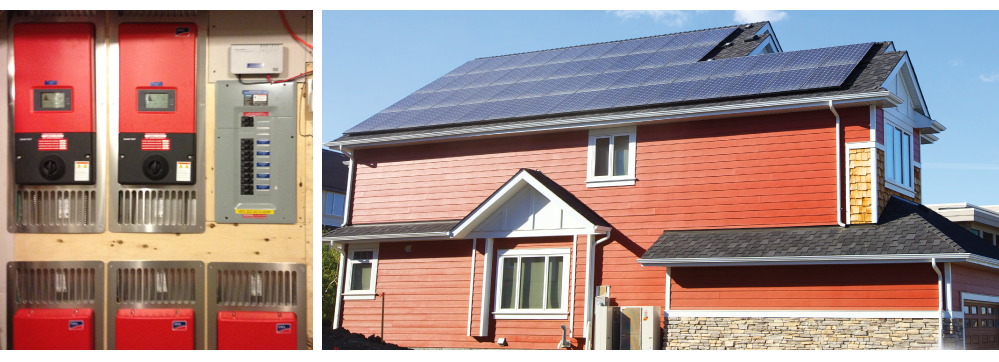
DC Optimizers
So what about larger solar installations where per-module optimization is desired? Now, here’s where SolarEdge DC optimizers come into play.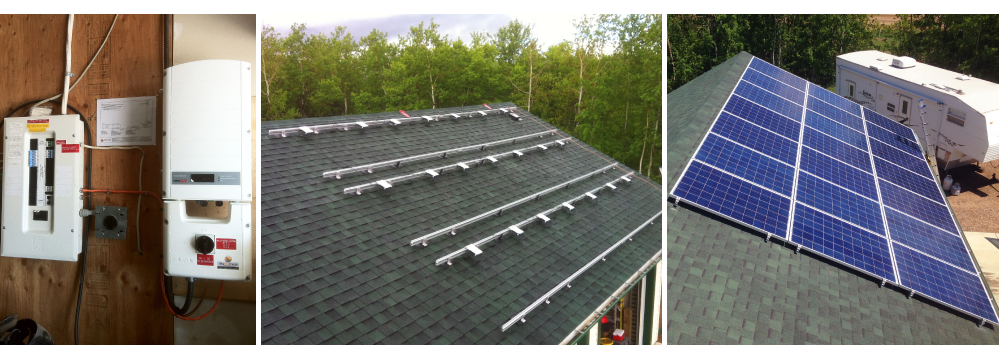
DC optimizers are connected to each module (panel) to help increase energy output from the PV system by constantly tracking the maximum power point (MPPT) of each module individually. The MPPT per module allows for flexible installation design with multiple orientations, tilts and panel types in the same string. Similar to micro-inverters, DC optimizers can monitor the performance of each module and communicate performance data to a monitoring portal for enhanced, cost-effective module-level system oversight. DC optimizers are also equipped with a unique feature, which automatically shuts down the panels’ DC voltage whenever the inverter or grid power is down.
Inverters with Secure Power Supply
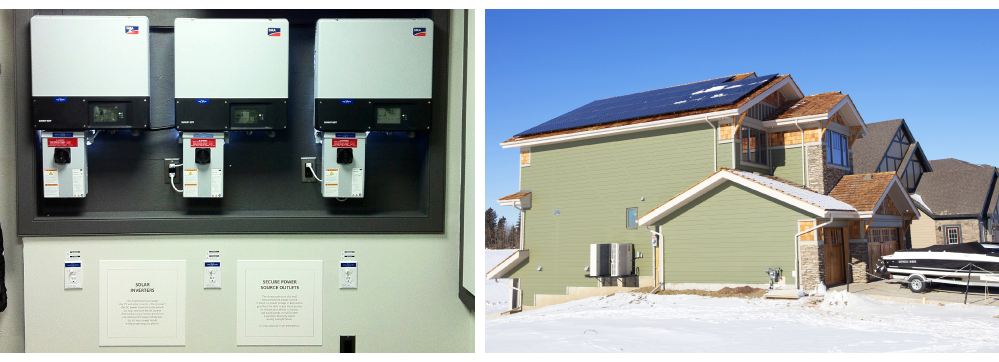
Although the grid is usually quite reliable, power outages can happen. A new inverter on the market may just be the solution for this concern. SMA released a new line of Sunny Boy inverters in August last year. These inverters that are available in 3-7 kW models, include a “secure power supply” dedicated AC outlet, which delivers up to 1,500 watts in daylight during a grid outage. This allows you to have backup power without the need of additional, costly batteries! The 1,500 watts of standby power would be sufficient for charging laptops, cell phones and more.
Here’s a video that explains how this feature works:
High Voltage (1000 VDC) Commercial Inverters
While the growth in commercial solar installations has been mostly attributed to plunging solar module (solar panel) prices, high voltage (1000 VDC) commercial inverters have also helped to drive installation and system costs even lower.
These commercial inverters can increase energy production and material cost savings as well as lower the levelized cost of energy (LCOE). Due to higher voltages, you will benefit from lower installed costs, greater inverter efficiency, less system power loss and reduced system components.
A 1,000 VDC system could potentially provide you with approximately 40% in wiring savings and up to 2% in efficiency improvements. This is exactly why 1,000 VDC systems have been the preferred standard in Europe for several years now. The only downside about these high voltage commercial inverters is that it can only be used for ground mounted PV systems, at this point in time.

